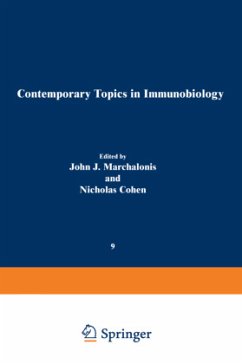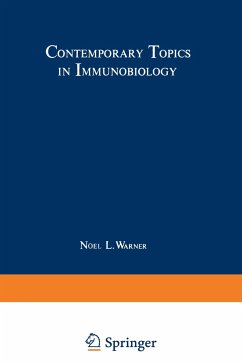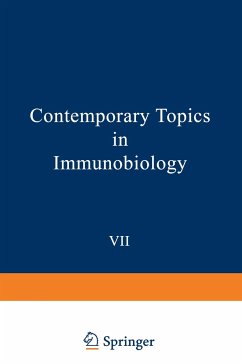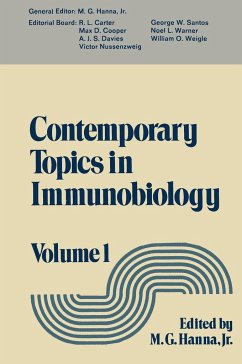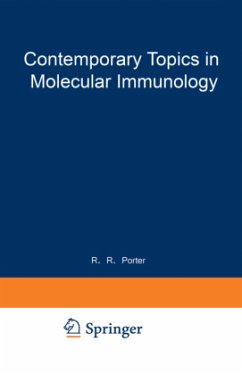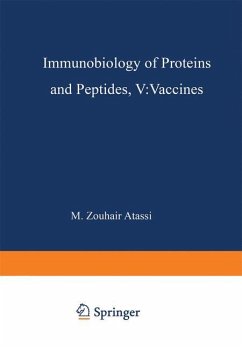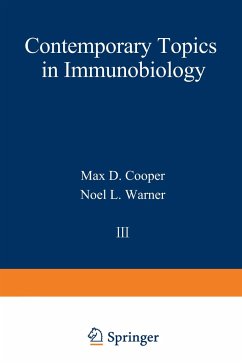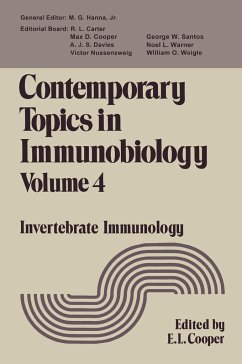
Contemporary Topics in Immunobiology
Volume 4 Invertebrate Immunology
Herausgegeben: Cooper, Edwin

PAYBACK Punkte
20 °P sammeln!
This fourth volume of Contemporary Topics In Immunobiology treats in vertebrate immunity. Specifically, the results represent several approaches to humoral and cellular immunity. It is evident that invertebrates do have function ing immune systems. For example, cellular immunity is characterized by both specificity and memory, but it is still problematical whether vertebrate immune capacity evolved directly from invertebrates. Most of the manuscripts were formally presented at the International Symposium on Invertebrate Pathology, University of Minnesota, August 1972, held in connection with t...
This fourth volume of Contemporary Topics In Immunobiology treats in vertebrate immunity. Specifically, the results represent several approaches to humoral and cellular immunity. It is evident that invertebrates do have function ing immune systems. For example, cellular immunity is characterized by both specificity and memory, but it is still problematical whether vertebrate immune capacity evolved directly from invertebrates. Most of the manuscripts were formally presented at the International Symposium on Invertebrate Pathology, University of Minnesota, August 1972, held in connection with the 25th anniversary celebration of the American Insti tute of Biological Sciences. I wish to express my appreciation to the contributors and to beg their indulgence in what may have been overzealous editing. This was done, though, in the interest of clarity and to seek uniformity. Because of earlier problems, time limitations did not permit consultations between submission of manuscripts andfinal editing. For assistance, I extend a special note of gratitude to Mrs. Lois Gehringer who unselfishly retyped many of the manuscripts. The preparation of this volume was aided partially by NSF Grant GB17767, two grants from The California Institute for Cancer Research, and a grant from The Brown-Hazen Corporation. E.L.C. Contents Introduction: General Comments and a Note on Taxonomy ....................... .





